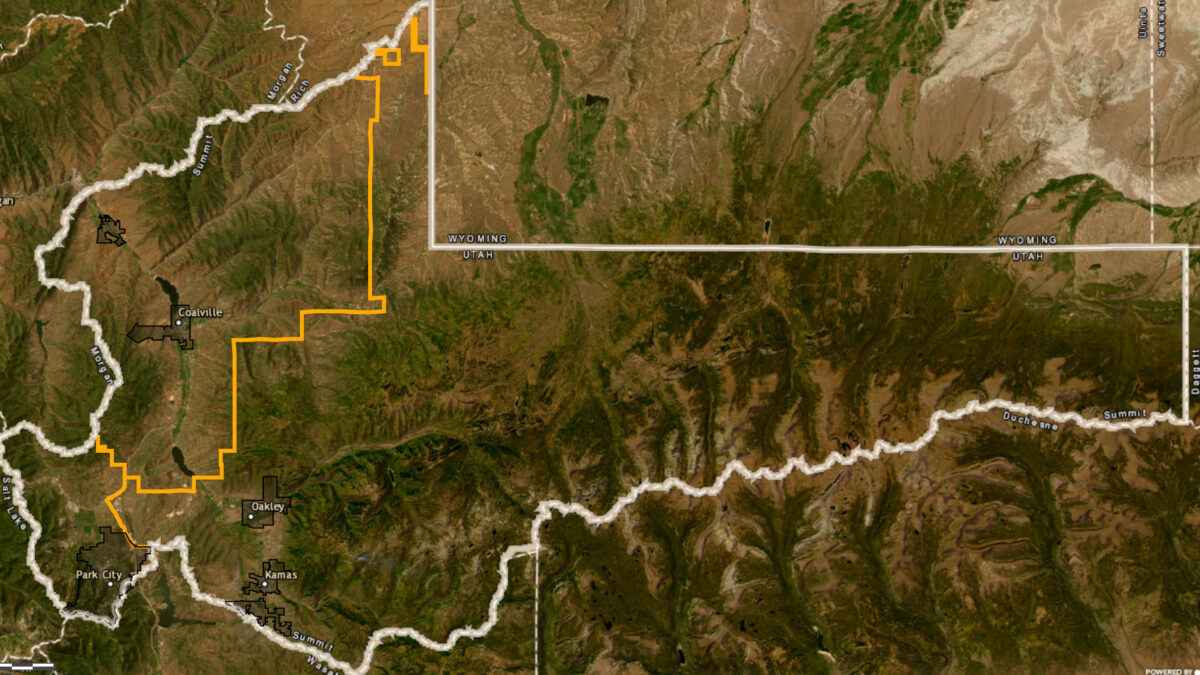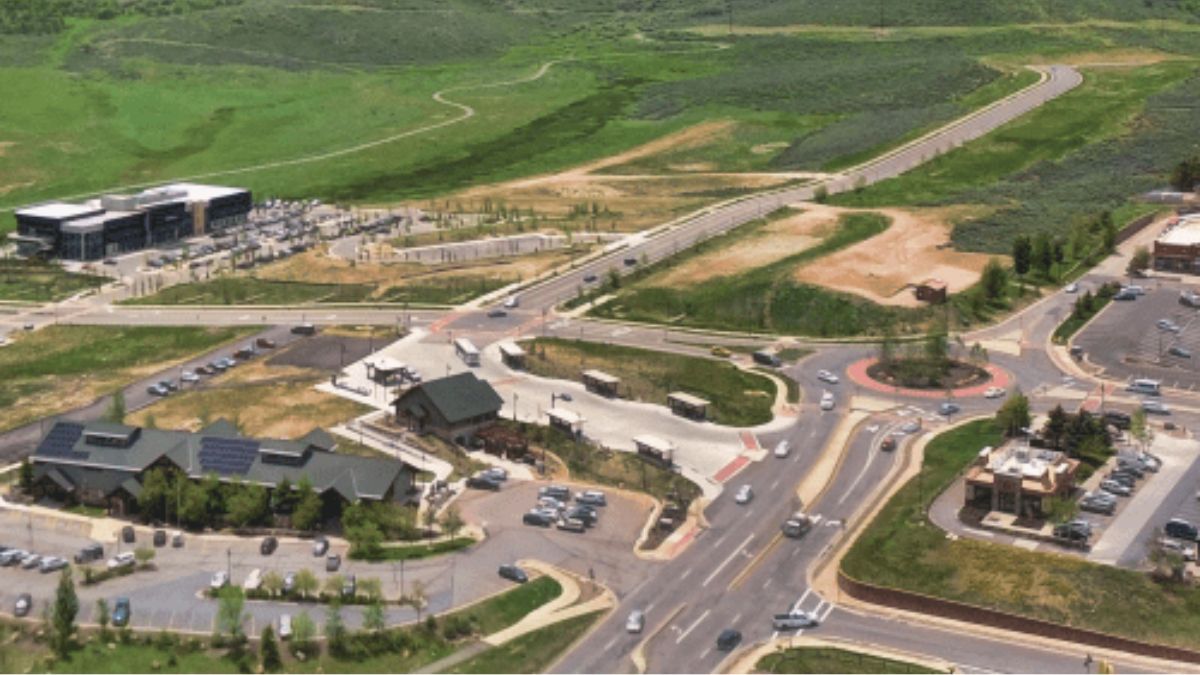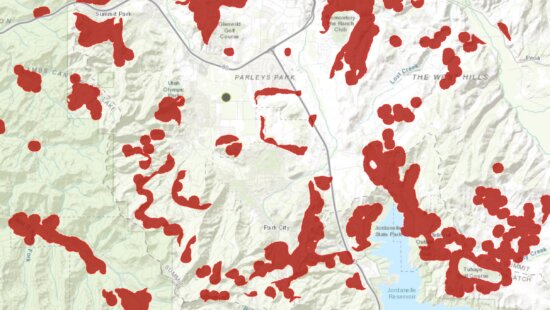Politics
Summit County Districting Commission nears final map recommendation in wake of HB 356

A map of Summit County showing how the county's three school districts are deliniated. Photo: screenshot via Summit County’s arcGIS site
SUMMIT COUNTY, Utah — The Summit County Districting Commission is expected to take a major step Monday toward finalizing new County Council voting districts, as local leaders and residents continue to grapple with the implications of a controversial new state law.
The commission — made up of local mayors from across the county, Malena Stevens, a representative of unincorporated areas, and the non-voting county clerk — will meet Monday, Aug. 4 at 6 p.m. at the Sheldon Richins Building in Kimball Junction. While the meeting is open to the public and available to stream on Zoom, public comment will not be taken.
At its first meeting in June, the group drafted five proposed districts with populations made up of roughly 8,500 residents each. The boundaries include:
- South Summit School District
- North Summit School District–Silver Creek Estates
- Park City proper
- Pinebrook–Jeremy Ranch
- Central and eastern Snyderville Basin
The work stems from House Bill 356, a state law passed in the final minutes of the 2025 Utah General Legislative Session that requires counties with fewer than 260,000 residents and a county manager form of government — including Summit County — to switch from at-large elections to district-based voting for County Council members.
That means beginning with the next election cycle, voters will cast a ballot for just one council member from their geographic district every four years, rather than voting for all five members countywide.
While state lawmakers said the change would enhance geographic and partisan representation on local councils, the law has faced opposition in Summit County. Residents packed a meeting in April to denounce what many, including county leaders, described as a “legislative power grab” that strips away local control.
“The legislature passed this bill at 11:57 p.m., three minutes before midnight,” Summit County Council Chair Tonja Hanson said at that meeting. “That’s not how government that respects its citizens is supposed to operate.”
Utah is not alone in introducing legislation like HB 356, nor is it the first time they have done so. States like Wyoming, Montana, Massachusetts, and Pennsylvania have all, at times, introduced legislation that restricts local or municipal mapmaking to align with or diverge from statewide authority.
Utah’s 2018 “Better Boundaries” initiative created an independent redistricting commission, only for SB 200 in 2020 to strip that commission of legal power. The Utah Supreme Court later ruled that unauthorized legislative overrides of voter-led reforms may violate the state constitution.
In 2022, Alaska’s supreme court considered allegations that the state’s legislative maps violated equal protection under the state constitution, among other claims. The court recognized unequivocally that intentional partisan gerrymandering violates the Alaska constitution and struck down two senate districts that were drawn to guarantee Republican voters an advantage.
SB 356 required that a commission be established to create the districts. Summit County’s commission is made up of already elected and county-appointed members.
Other states like California, Colorado, Virginia, and Minnesota (among others) have established independent commissions to handle redistricting, aiming to minimize partisan skew, one of the cheif concerns raised by districted voting.
One of the key initial concerns is that unincorporated Summit County — where 60% of residents live — has only one representative on the redistricting commission. Mayors of each incorporated municipality, regardless of population size, make up the rest of the voting members. Hanson and other councilmembers pledged to push for changes in the upcoming legislative interim session, including more equitable representation on the commission and revisions to the provision that randomly assigns current council members to newly drawn districts.
Monday’s commission meeting could result in a formal vote on the district map. The commission must submit its proposed map to the County Council by Oct. 1. The Council then has 30 days to hold a public hearing and vote on the proposal. State law requires the Council to approve the map if it meets statutory requirements — but it does not specify whether they can suggest revisions.




















